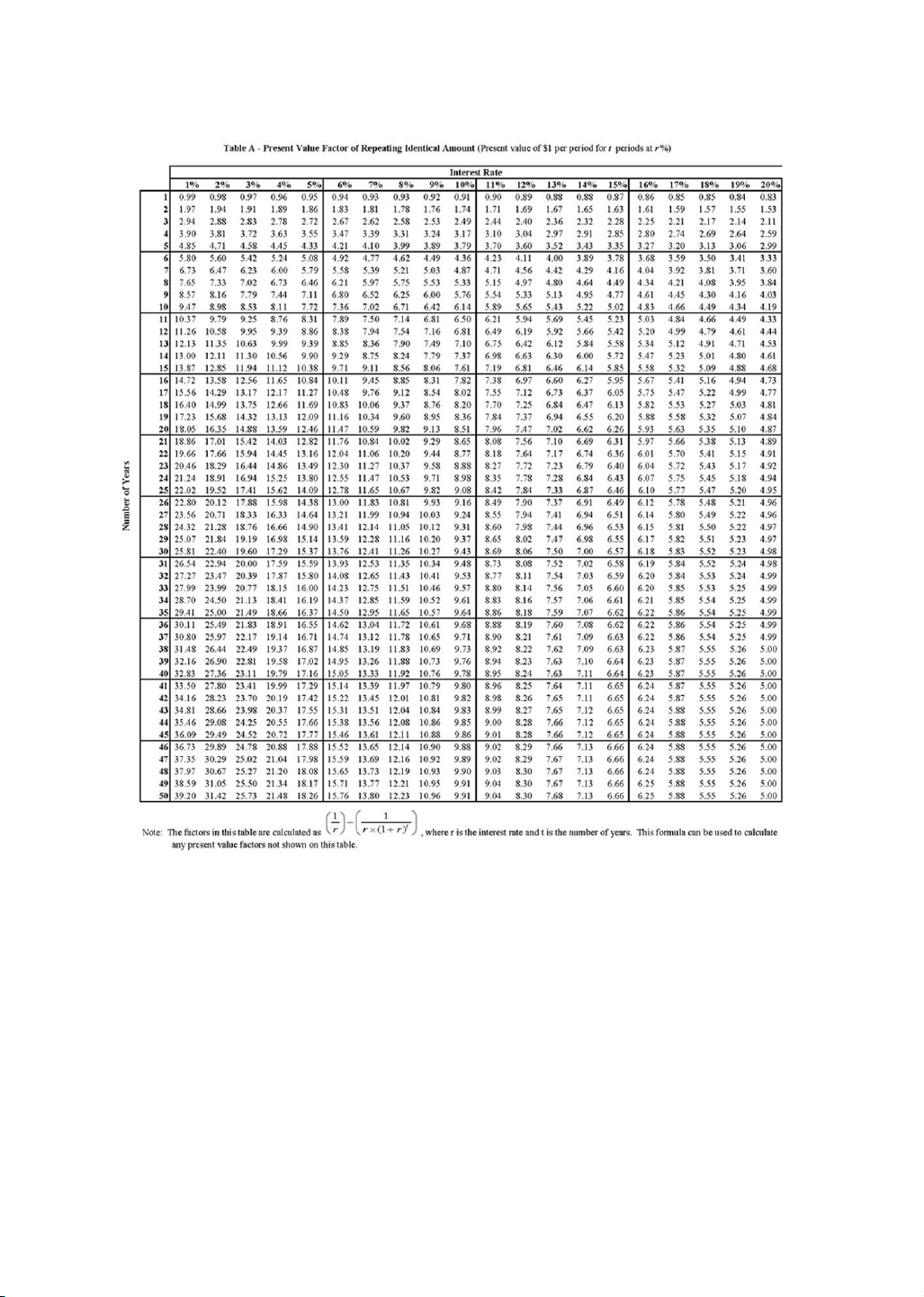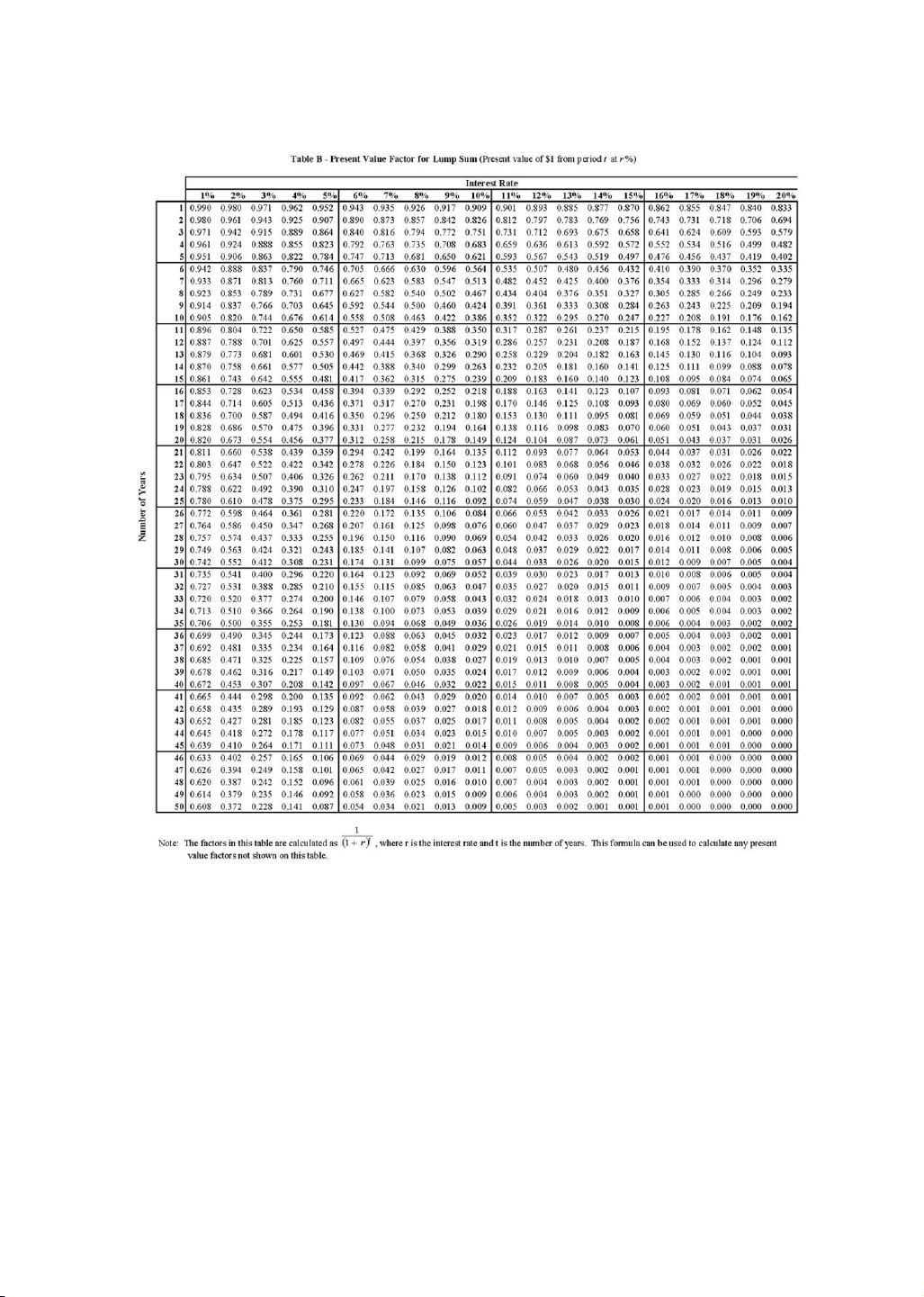CACI No. 3920. Loss of Consortium (Noneconomic Damage)
Judicial Council of California Civil Jury Instructions (2023 edition)
Download PDF
3920.Loss of Consortium (Noneconomic Damage)
[Name of plaintiff] claims that [he/she/nonbinary pronoun] has been
harmed by the injury to [his/her/nonbinary pronoun] [husband/wife]. If
you decide that [name of injured spouse] has proved [his/her/nonbinary
pronoun] claim against [name of defendant], you also must decide how
much money, if any, will reasonably compensate [name of plaintiff] for
loss of [his/her/nonbinary pronoun] [husband/wife]’s companionship and
services, including:
1. The loss of love, companionship, comfort, care, assistance,
protection, affection, society, and moral support; and
2. The loss of the enjoyment of sexual relations [or the ability to
have children].
[[Name of plaintiff] may recover for harm [he/she/nonbinary pronoun]
proves [he/she/nonbinary pronoun] has suffered to date and for harm [he/
she/nonbinary pronoun] is reasonably certain to suffer in the future.
For future harm, determine the amount in current dollars paid at the
time of judgment that will compensate [name of plaintiff] for that harm.
This amount of noneconomic damages should not be further reduced to
present cash value because that reduction should only be performed with
respect to economic damages.]
No fixed standard exists for deciding the amount of these damages. You
must use your judgment to decide a reasonable amount based on the
evidence and your common sense.
Do not include in your award any compensation for the following:
1. The loss of financial support from [name of injured spouse];
2. Personal services, such as nursing, that [name of plaintiff] has
provided or will provide to [name of injured spouse];
3. Any loss of earnings that [name of plaintiff] has suffered by giving
up employment to take care of [name of injured spouse]; or
4. The cost of obtaining domestic household services to replace
services that would have been performed by [name of injured
spouse].
New September 2003; Revised December 2010
Directions for Use
Loss of consortium is considered a noneconomic damages item under Proposition
51. (Civ. Code, § 1431.2(b)(2).) Loss of future consortium is recoverable, including
878

loss of consortium because of reduced life expectancy. (See Boeken v. Philip Morris
USA, Inc. (2010) 48 Cal.4th 788, 799-800 [108 Cal.Rptr.3d 806, 230 P.3d 342].) In
such a case, this instruction may need to be modified.
Give the second and third paragraphs if recovery for loss of future consortium is
sought. Future noneconomic damages should not be reduced to present value. (See
Salgado v. County of L.A. (1998) 19 Cal.4th 629, 646-647 [80 Cal.Rptr.2d 46, 967
P.2d 585].)
Sources and Authority
• Noneconomic Damages for Loss of Consortium. Civil Code section 1431.2(b)(2).
• “We . . . declare that in California each spouse has a cause of action for loss of
consortium, as defined herein, caused by a negligent or intentional injury to the
other spouse by a third party.” (Rodriguez v. Bethlehem Steel Corp. (1974) 12
Cal.3d 382, 408 [115 Cal.Rptr. 765, 525 P.2d 669].)
• “There are four elements to a cause of action for loss of consortium: ‘(1) a valid
and lawful marriage between the plaintiff and the person injured at the time of
the injury; [¶] (2) a tortious injury to the plaintiff’s spouse; [¶] (3) loss of
consortium suffered by the plaintiff; and [¶] (4) the loss was proximately caused
by the defendant’s act.’ ” (Vanhooser v. Superior Court (2012) 206 Cal.App.4th
921, 927 [142 Cal.Rptr.3d 230].)
• “The concept of consortium includes not only loss of support or services; it also
embraces such elements as love, companionship, comfort, affection, society,
sexual relations, the moral support each spouse gives the other through the
triumph and despair of life, and the deprivation of a spouse’s physical assistance
in operating and maintaining the family home.” (Ledger v. Tippitt (1985) 164
Cal.App.3d 625, 633 [210 Cal.Rptr. 814], disapproved of on other grounds in
Elden v. Sheldon (1988) 46 Cal.3d 267, 277 [250 Cal.Rptr. 254, 758 P.2d 582].)
• “Since he has no cause of action in tort his spouse has no cause of action for
loss of consortium.” (Blain v. Doctor’s Co. (1990) 222 Cal.App.3d 1048, 1067
[272 Cal.Rptr. 250].)
• “The California Supreme Court in Rodriguez, supra, 12 Cal.3d at page 409,
expressly recognized the right to recover damages for the ‘loss or impairment’ of
the plaintiff’s rights of consortium, and we see no basis to conclude that a loss
of consortium must be so extensive as to be considered complete in order to be
compensable. Instead, a partial loss, or diminution, of consortium is
compensable.” (Mealy v. B-Mobile, Inc. (2011) 195 Cal.App. 4th 1218, 1224
[124 Cal.Rptr.3d 804].)
• “[S]hould [husband] prevail in his own cause of action against these defendants,
he will be entitled to recover, among his medical expenses, the full cost of
whatever home nursing is necessary. To allow [wife] also to recover the value of
her nursing services, however personalized, would therefore constitute double
recovery.” (Rodriguez, supra, 12 Cal.3d at p. 409, internal citations omitted.)
• “For the same reason, [wife] cannot recover for the loss of her earnings and
DAMAGES CACI No. 3920
879

earning capacity assertedly incurred when she quit her job in order to furnish
[husband] these same nursing services. To do so would be to allow her to
accomplish indirectly that which we have just held she cannot do directly.”
(Rodriguez, supra, 12 Cal.3d at p. 409.)
• “The deprivation of a husband’s physical assistance in operating and maintaining
the home is a compensable item of loss of consortium.” (Rodriguez, supra, 12
Cal.3d at p. 409, fn. 31, internal citations omitted.)
• “Although the trial court labeled the damages awarded [plaintiff] as being for
‘loss of consortium’ (a noneconomic damages item under Proposition 51), much
of the testimony at trial actually involved the ‘costs of obtaining substitute
domestic services’ on her behalf (an economic damage item in the statute).”
(Kellogg v. Asbestos Corp. Ltd. (1996) 41 Cal.App.4th 1397, 1408 [49
Cal.Rptr.2d 256].)
• “Whether the degree of harm suffered by the plaintiff’s spouse is sufficiently
severe to give rise to a cause of action for loss of consortium is a matter of
proof. When the injury is emotional rather than physical, the plaintiff may have
a more difficult task in proving negligence, causation, and the requisite degree of
harm; but these are questions for the jury, as in all litigation for loss of
consortium. In Rodriguez we acknowledged that the loss is ‘principally a form of
mental suffering,’ but nevertheless declared our faith in the ability of the jury to
exercise sound judgment in fixing compensation. We reaffirm that faith today.”
(Molien v. Kaiser Foundation Hospitals (1980) 27 Cal.3d 916, 933 [167
Cal.Rptr. 831, 616 P.2d 813], internal citations omitted.)
• “We . . . conclude that we should not recognize a cause of action by a child for
loss of parental consortium.” (Borer v. American Airlines, Inc. (1977) 19 Cal.3d
441, 451 [138 Cal.Rptr. 302, 563 P.2d 858].)
• A parent may not recover loss of consortium damages for injury to his or her
child. (Baxter v. Superior Court (1977) 19 Cal.3d 461 [138 Cal.Rptr. 315, 563
P.2d 871].)
• Unmarried cohabitants may not recover damages for loss of consortium. (Elden,
supra, 46 Cal.3d at p. 277.)
• Under Proposition 51, damages for loss of consortium may be reduced by the
negligence of the injured spouse. (Craddock v. Kmart Corp. (2001) 89
Cal.App.4th 1300, 1309-1310 [107 Cal.Rptr.2d 881]; Hernandez v. Badger
Construction Equipment Co. (1994) 28 Cal.App.4th 1791, 1810-1811 [34
Cal.Rptr.2d 732].)
• “ ‘To entitle a plaintiff to recover present damages for apprehended future
consequences, there must be evidence to show such a degree of probability of
their occurring as amounts to a reasonable certainty that they will result from the
original injury.’ ” (Bellman v. San Francisco High School Dist. (1938) 11 Cal.2d
576, 588 [81 P.2d 894], internal citation omitted.)
• “[I]n a common law action for loss of consortium, the plaintiff can recover not
CACI No. 3920 DAMAGES
880

only for the loss of companionship and affection through the time of the trial but
also for any future loss of companionship and affection that is sufficiently certain
to occur. In Rodriguez, we held that when a plaintiff’s spouse is permanently
disabled as a result of a defendant’s wrongdoing, future (posttrial) loss of
companionship and affection is sufficiently certain to permit an award of
prospective damages. If instead the injured spouse will soon die as a result of his
or her injuries, the future (posttrial) loss of companionship and affection is no
less certain. In short, we see no reason to make an exception here to the general
rule permitting an award of prospective damages in civil tort actions. Therefore,
under long-standing principles of tort liability, the recovery of prospective
damages in a common law action for loss of consortium includes damages for
lost companionship and affection resulting from the anticipated (and sufficiently
certain) premature death of the injured spouse.” (Boeken,supra, 48 Cal.4th at
pp. 799-800, internal citation omitted.)
• “[T]he plaintiff in a common law action for loss of consortium may not recover
for loss during a period in which the companionship and affection of the injured
spouse would have been lost anyway, irrespective of the defendant’s
wrongdoing, and therefore the life expectancy of the plaintiff and the life
expectancy of the injured spouse, whichever is shorter, necessarily places an
outer limit on damages.” (Boeken,supra, 48 Cal.4th at p. 800.)
• “[W]here an injury to a spouse that in turn causes injury to the plaintiff’s right to
consortium in the marital relationship is not discovered or discoverable until
after the couple’s marriage, and the underlying cause of action thus accrues
during the marriage, the plaintiff has a valid claim for loss of consortium even
though the negligent conduct may have predated the marriage.” (Leonard v. John
Crane, Inc. (2012) 206 Cal.App.4th 1274, 1290 [142 Cal.Rptr.3d 700]; see also
Vanhooser, supra, 206 Cal.App.4th at pp. 927-930 [reaching same result].)
Secondary Sources
6 Witkin, Summary of California Law (11th ed. 2017) Torts, §§ 1857-1864
California Tort Damages (Cont.Ed.Bar) Loss of Consortium, §§ 2.6-2.7
4 Levy et al., California Torts, Ch. 56, Loss of Consortium, § 56.08 (Matthew
Bender)
31 California Forms of Pleading and Practice, Ch. 354, Loss of Consortium,
§§ 354.12, 354.14 (Matthew Bender)
6 California Points and Authorities, Ch. 64, Damages: Tort, § 64.25 (Matthew
Bender)
California Civil Practice: Torts §§ 10:10-10:16 (Thomson Reuters)
DAMAGES CACI No. 3920
881
© Judicial Council of California.